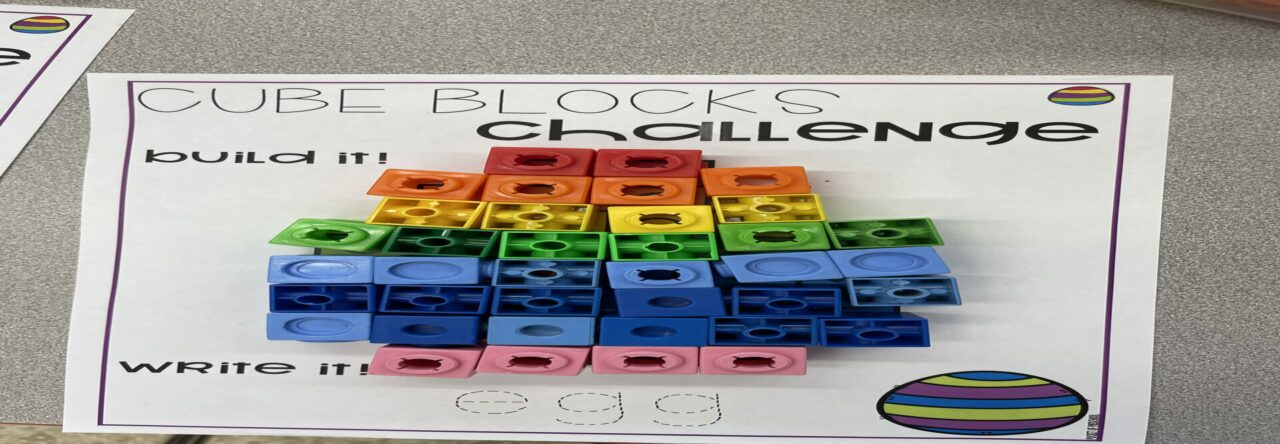Dr. Steven Katz described the Theory of Action as mapping out how things should unfold with as much specificity as possible.
The first thing I would start with my Theory of Action would be to make it hands-on. For math and science, you want to make it fun and exciting for students. Using just worksheets is the least imaginable way to teach. Use visuals and images to make learning fun and engaging. You also hit more learning types this way rather than just lecturing. Then, to make it fun, find opportunities to differentiate learning by providing multiple texts and learning materials for students, such as reading or watching video clips or field trips. Make sure to customize your teaching methods to suit various forms of intelligence. Build confidence through participation. Creating a safe classroom environment where everyone feels safe answering questions creates a learning opportunity, even if they are wrong. Ask students to explain their ideas. This creates more class engagement and hopefully will help foster interest and open thinking, and allows you to follow students’ train of thought and evaluate where you need to go next in the lessons. Incorporate storytelling to make connections to real-world scenarios. This allows students to understand the reasoning behind the “why” of learning. So many students do not want to do things if they do not see a point. Show and tell new concepts. Continue to build on what students know and have learned. Especially if students show an interest, you can give them ideas of things to do outside of school if they are able. Let your students regularly know how they are doing. This allows students to gauge their own progress and give them a boost if they are catching on right away, and it will enable you to catch if someone is struggling.

Leave a Reply